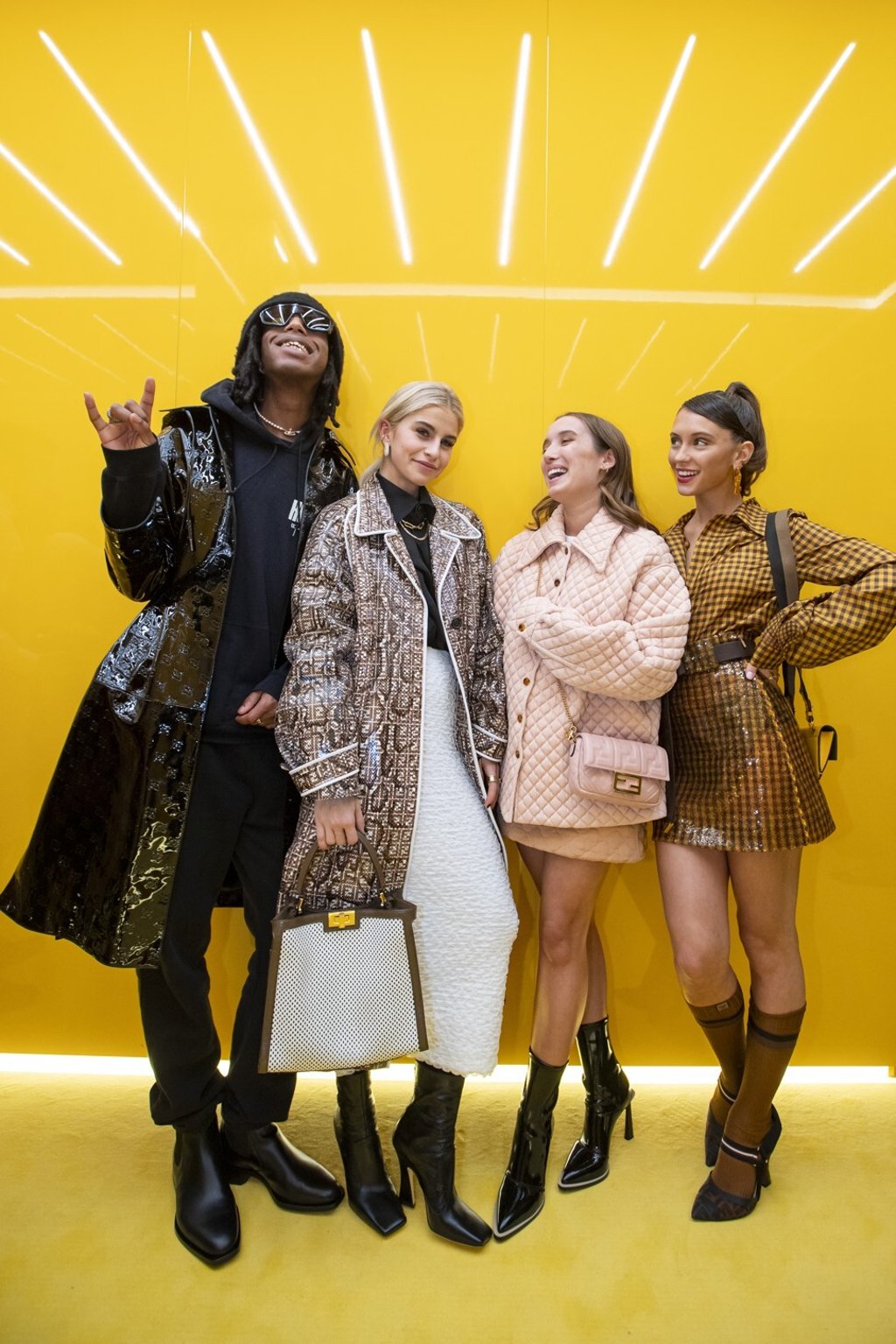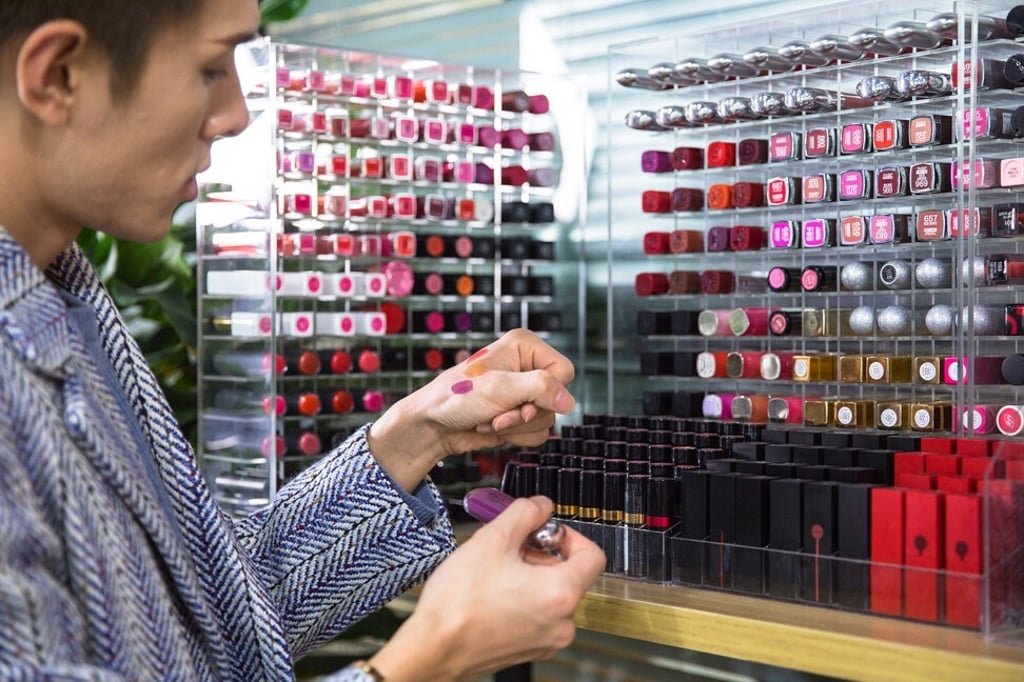Why luxury brands Louis Vuitton, Hermès, Dior, Versace and Givenchy need to treat China’s KOLs, like Mr Bags and the Lipstick King, with care

Influencers can make or break a product, with top-tier KOLs followed by millions on social media, but marketers must develop mutual trust and beware of the backlash from poor reviews
The year 2020 – despite, or even because of, the myriad obstacles it has presented – has proven to be a catalyst for innovation. The luxury fashion industry in particular has seen tremendous changes in direction, with an enormous increase in its involvement in online content-based marketing. With the year’s new norm of online consumerism resulting from prolonged homestays, travel restrictions and inaccessible physical stores, digitalised sales have been booming.

As KOLs climb towards a new sophistication, the power dynamic in the industry is changing. A 2018 report from digital research giant eMarketer, claimed that as many as 68 per cent of Chinese consumers had their purchasing decisions shaped by the influence of social media, with KOLs in particular being a major driving force. But this power can bring you down as well as build you up.
Earlier in the year, for example, luxury giant Hermès made headlines when its highly anticipated new lipstick collection, Hermès Rouge, came in for criticism. The collection debut was poorly reviewed by renowned KOL “Lipstick King” Austin Li during his widely followed web broadcast.
Despite the risks, collaborations are abundant, as are success stories. Soon after Lunar New Year, Lancôme collaborated with top Taobao KOL, Viya, who helped secure 10 million yuan (US$1.46 million) in sales. Dior’s live-streamed fashion show, as another example, drew in almost 12 million views, with the help of a number of influencers and online celebrities.
Elijah Whaley, CMO at Parklu – a KOL relationship management platform – says that particularly in the aftermath of China’s “first wave” of Covid-19, nine out of 10 luxury brands saw increased mentions by top-tier KOLs, with an average of 19 per cent growth compared to before the pandemic.

Whaley says what makes these influencers so valuable in China has a lot to do with culture, giving as an example the appeal of “guanxi” – a social exchange mechanism built on mutual favours. “China’s high-context cultural style of communication significantly impacts the typical buyer’s journey. Chinese customers have an increased need for implicit brand communication of value propositions and trust built by reciprocity,” he notes, and other deep-rooted cultural elements such as “group affirmation” are exactly the type of appeal that allows them to leverage fan relationships.

Indeed, the post-Covid-19 digital climate may potentially offer influencers even greater leverage, adding more urgency for brands to board the train, especially those who may have missed it the first time around. “Many brands missed a big opportunity in the early days of social media,” Whaley continues, “they did not connect with their customers by providing value first … KOLs filled that gap.”